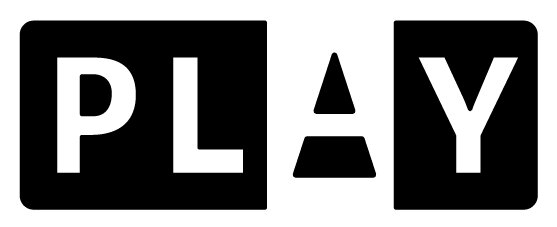Let's talk about play
As a designer, educator, and creator of objects for play, Cas Holman’s work can be found in schools, museums, and playrooms around the globe. Holman’s award-winning "tools for imagination," as she describes them, are interactive, gender neutral, thoughtfully crafted, and place emphasis on unstructured play rather than coming with restrictive instructions. Take Rigamajig, a large-scale building kit that Holman first dreamed up for the High Line Park in New York City, which encourages imaginative, collaborative play with materials that have real heft.
Holman is also highlighted in the second season of Abstract: The Art of Design, a Netflix documentary series that re-launched on September 25.
In Abstract, you talk about finding inspiration in nature for a specific product. Where are you finding inspiration right now?
Holman: Mostly, watching kids play! We developed the Rigamajig Junior Spinning Tops Kit after seeing children make giant spinning tops with [Rigamajig]—so I came up with colors and shapes for them to experiment with. Now they’ll be able to play with and test patterns, inertia, optical illusions, and hopefully sound.
I also get a lot of inspiration listening to teachers and early childhood specialists about what children are struggling with based on the world we’ve built. I hear from many teachers and early childhood psychologists about children lacking conflict resolution skills. Playing with Rigamajig helps those skills—basic communication and cooperation. We need to help them develop those skills early, and that happens in play.
Much of what I designed Rigamajig for was "as a tool for children to create," so as I see what they do with it, I get to respond and give them more based on what I observe. It’s a dream. Like, I’m secretly collaborating remotely with hundreds of thousands of children. Each piece has something they’ll understand is for them: a detail in how two pieces fit together, or a weird shape they discover that no one else notices. It’s a wink to say, "Hey, I see you," or even better, "Hey, I understand you."
It seems as though children are increasingly playing with devices like tablets and cell phones from a very young age and spending more and more time indoors. Do you think that this will ultimately have an impact on future generations—possibly on their creativity, their interest in physical objects—or have other unanticipated consequences?
Digital tools will, and have already absolutely had, an impact on all the things you mentioned. I hear from early childhood psychologists, teachers, and parents about issues that are arising because of the amount of tech all our lives. I see our devices as tools that can be useful and also harmful. We haven’t—yet!—done a good job of creating boundaries for ourselves.
I also see a correlation between the way we educate and the options for play that surround kids. Kids are supposed to "learn to the test"—they are rewarded for right answers. There isn’t room for exploration or daydreaming in their learning. So when they play, they will seek a similar experience to feel successful, which is more easily found in a video game than drawing, pretending with friends, or staring at the clouds, or running around in the woods. In playing with digital technology, we’re giving them habits of extrinsic motivation and quick rewards.
You talk in Abstract about how dance is a release for you—almost a form of play for you as an adult. Do you think adults need more play?
Adults absolutely need more play! As adults, we often need to be given permission—courage which really comes from within—to play. I suspect we think we are supposed to act a certain way—"like an adult,"—so don’t let ourselves be present and inspired and behave outside the social contract of "adult." Or, we compartmentalize behaviors and activities in ways that aren’t helpful: we exercise at the gym, relax at yoga, connect with partners over dinner, and think play has to be a sport or playground or something. There are opportunities for play everywhere. Curiosity is playful; ideas can be playful; asking questions can be playful.
I use color very carefully. I’m glad the episode of Abstract touched on this somewhat. Color is loaded with meaning and symbolism, and I want the imagination to have more room. I always say, "The less I design, the more room the child has to design." And by that, I also mean that the object can support what the play needs it to be. But color can also be beautiful and inspire—not just limit—stories, so I run with it sometimes.
At PLAY we stand for the same values of minimal design where we leave a space for the children to explore, test and learn. Natural materials, minimal color and thoughtful design is what we share with Cas Holman’s work.

